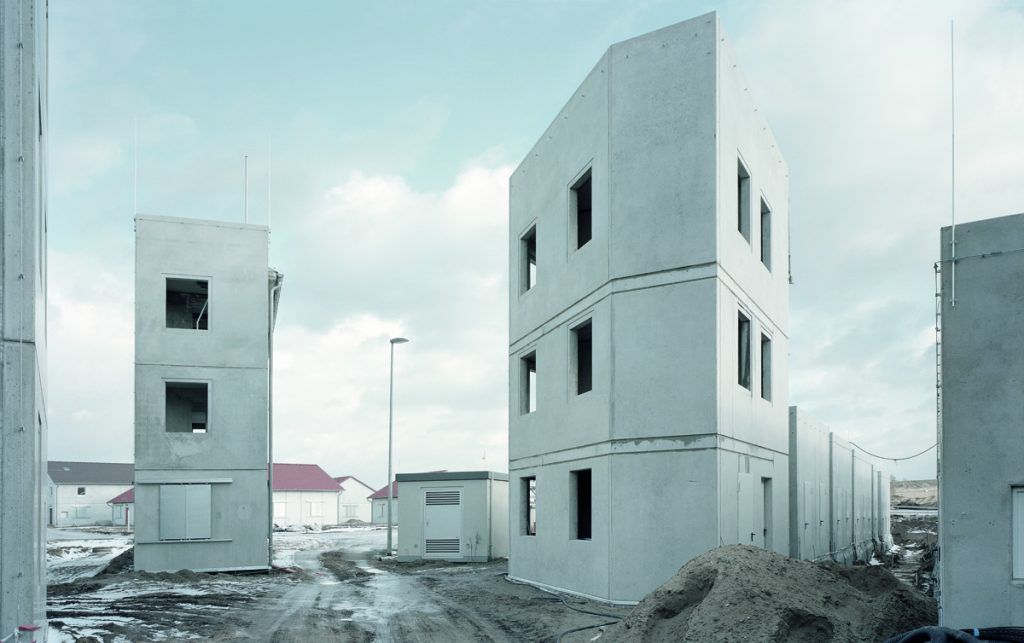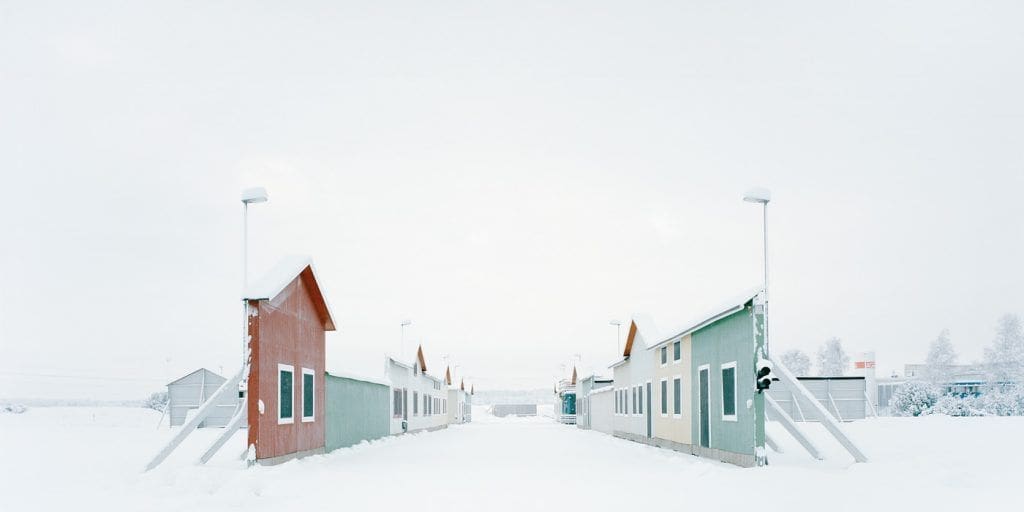The Art Of Fakery
Austrian photographer Gregor Sailer is a changer of landscapes, and a tricker of minds. Photographs in his latest series, The Potemkin Village, strike a sense of confusion… but not everything is as it may seem.
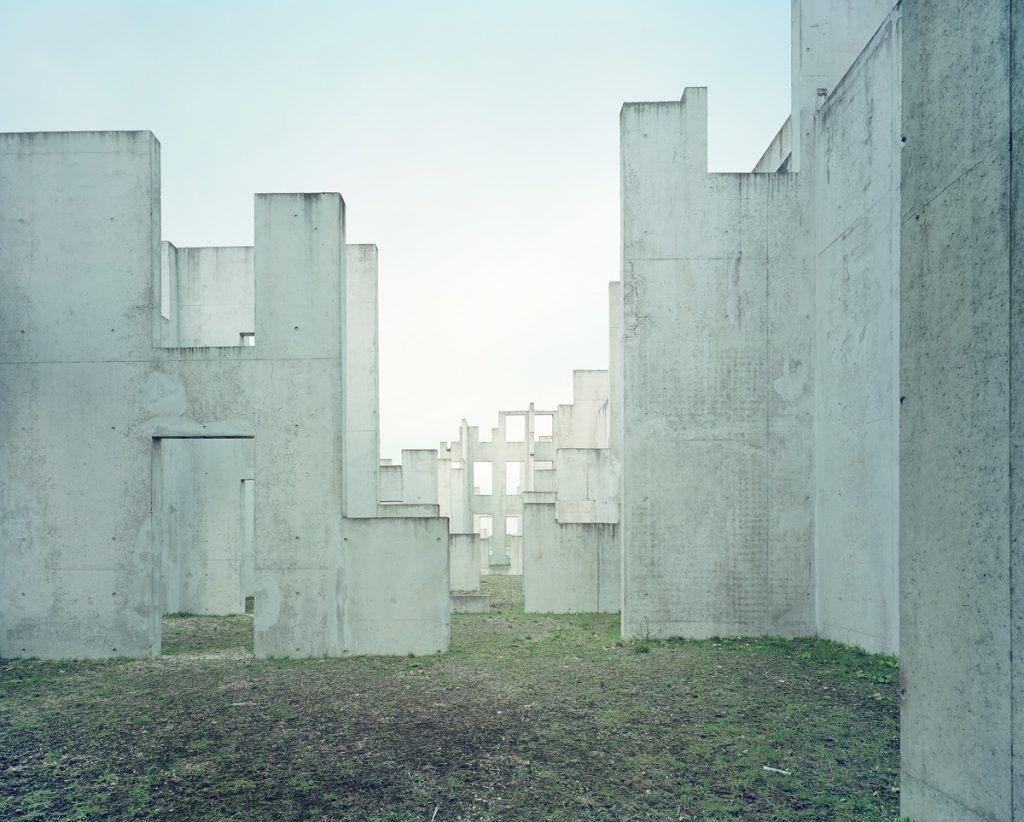
While growing up in Tyrol, Austria, Gregor Sailer started taking snaps at a young age and has not stopped since, going on to make his photography dreams a reality. After the success of his last series, Closed Cities, he has embarked on travelling the world – China, to Europe, to the United States – in search of Potemkin villages. The term ‘Potemkin village’ comes from an urban myth that dates back to the 18th century. Russian marshal and sovereign, Grigori Alexandrowitsch Potemkin, was a lover and favourite of tsarina, Catherine the Great. Before she travelled to the recently conquered Crimea region in 1787, Potemkin is reported to have built fake villages of painted backdrops to hide the real, shabby condition of the area. So, really, nothing is what it seems at first glance, like father-of-four Sailer himself. M2 sat down with this fantastic photographer and talked about fakery, illusion, photography and what’s next for him.
Firstly, tell us a bit about the man behind the lens…
I was born in 1980 in Tyrol, a state in the middle of the Austrian Alps, and also spent my childhood there. I have Austrian, Italian and German roots. My interest in photography started at the age of about 14. Soon I started to photograph consciously.
After many years abroad, my wife and I decided to settle again in Tyrol, which is home to both of us and a good place for the children to grow up. We have four little kids, and spare time is very rare. If there is time [away from the family], I love mountaineering, ski touring and cross-country skiing. That enables me to switch off and to load up my batteries. Living in Tyrol is kind of a haven of tranquility for me as I travel a lot.
What was it that inspired you to photograph the The Potemkin Village series?
I have a general interest in fakes, copies, backdrops and the tightrope walk between illusion and reality. I was interested in these topics before, and they were always kind of accompanying my work, but it had never been the main subject within a project. During my research, I concentrated more and more on the legend of the Potemkin village and tried to research whether there are existing modern-day versions of this historical story.
Did you need special clearance or equipment to shoot in any of the images in The Potemkin Village?
The two Russian towns were public spaces. But all the other locations were restricted areas. I needed special permission to enter. The research and organisation for these places took months. This planning phase played a very important role within the project, due to it being markedly difficult to find out where such places exist and how to get in touch with the right contact, especially when I tried to enter restricted military areas. There were not a lot of existing publications to tell me where and/or if these places existed. So I had to get my information from outside sources and compare lots of different, vague data to find out what was real and what was fake.
So… when I finally got working on the project, I used (and still do) an analogue, large-format camera, where the working process is slow and statical, but also influences the picture’s language. Generally, I only release one shot per motif. If there happens to be a mistake during the shooting, or later in the lab, the photograph is lost. This results in a very conscious and sensitive approach and composition. Especially regarding the material realised within restricted areas, [as] it has to be submitted for censorship before I am able to publish it.
How do you want viewers to feel and take away from this body of work?
This classical definition of a Potemkin village receives its attention within the project, but I was interested in a further interpretation of the term and extended it to actual architectural manifestations driven by political, military and economic motives: combat training centres in the US and Europe, faithful replicas of European cities in China, and vehicle test cities in Sweden. The aim was to show the heterogeneous implementations of Potemkin villages at the beginning of the 21st century. It is fascinating but also scary which efforts and energies are invested in our days to create such illusions. Not only the ‘classical’ meaning of the legend, but all other different kinds of Potemkin villages can also stand as a symbol for the sometimes absurd developments of today‘s society. Especially regarding the MOUTs (military operations in urban terrain); it is getting difficult to assign these urban structures to their ‘real’ geographical origin. And it is hard to determine when and where the photographs have been taken. The work also refers to the news coverage of our era.
What kind of photography assignments/editorials/projects do you like doing the most?
In general, photography offers me the great opportunity to discover the world during each new project, with a new perception. Furthermore, you have the chance to tell stories, to entertain, and also to advance an opinion. The main focus of my work is documentary– architectural and industrial photography in the context of landscape and urbanism. These fields also merge within assignments and free projects.
How have you grown as an artist over the years?
How has this affected your work? Some time after I received my high school diploma, I started to study at the Prague School of Photography, then moved to Dortmund, Germany, to study Communication Design with a focus on photography and experimental film; after that, [I went on to] Photographic Studies at the University of Applied Sciences and Arts in Dortmund. Parallel to my studies I had already started getting commissions and being published. Since 2005, I have been working as a freelance photographer, designer and artist. Depending on the particular topics, the projects generally take me around the world. I recognised early on that photography is an ideal way for me to tell things, to [deliver] information and to research the world. And that has always been my motive to go on, even though the first years were very difficult. The market was hard and applied lots of pressure. On the other hand, my work stays authentic because I had to reach each step on my own.
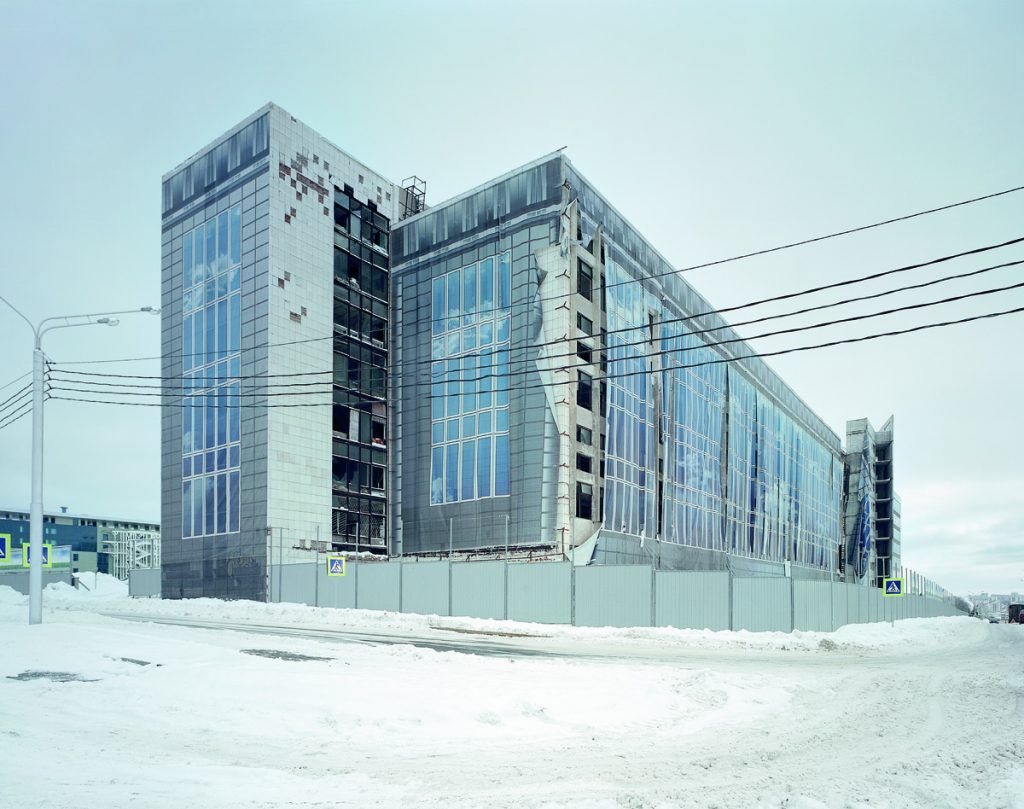
As you just said, photography has been your passport around the world, in some ways. What has been your favourite country?
That is pretty difficult to say. I would prefer to mention particular locations within countries. Locations like: the restricted military area of the US Army in the Mojave Desert; or northern France, where the French Army constructed several fake cities for training in urban warfare. The huge dimensions of these fake urban structures, the sometimes-bad working conditions – like heavy sand or snow storms, very high and very low temperatures. The loneliness and vastness of the landscapes have impressed me a lot. I need to say that each trip has had its own individual challenge and charm.
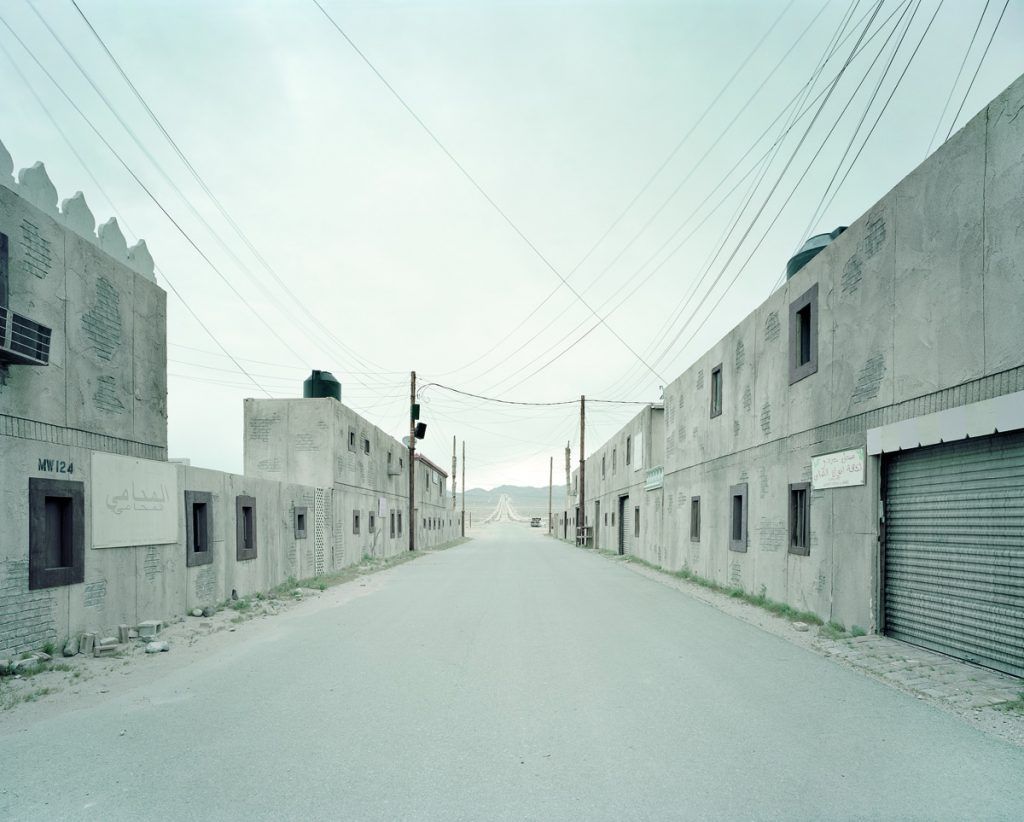
Did photographing these places ever affect you emotionally?
The restricted military zone in north-eastern France definitely affected me. It was situated on the forefront of the history behind World War I. Ammunition, lying dormant, is still scattered over the landscape. Nowadays, countless skeletons of dead soldiers are excavated by the farmers in this area. Places like Verdun and Chemin des Dames are very near there, so the combination of the [army exercises] explosions and gunfire, the light of winter and the vast restricted area made it a very scary atmosphere and feeling to shoot in.
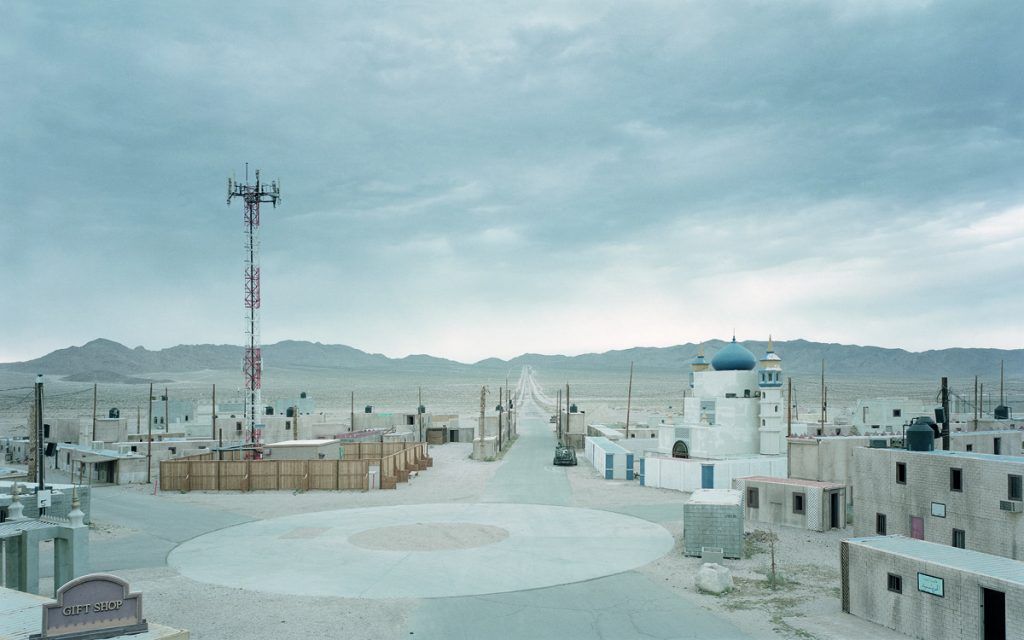
Another prominent place was the restricted military area of the US Army in the Mojave Desert, where I was allowed to visit one particular fake town [used] for urban warfare training. It is a vast and impressive – unreal, almost – place in the middle of the desert. That location took hours [to get to] from Fort Irwin (the military town where I was staying). The effort and investment to construct all these large cities is quite impressive to see. Even though I knew that everything was fake, these mock towns and villages seemed kind of real. In combination with the noises of war – live-gunfire, explosions, tanks, aircraft – you never saw the context of the desert landscape. The special architecture, [despite] a certain loneliness while walking through, [made it feel like] a real, habitable place.
What was the most dangerous place you’ve been to capture the perfect image?
Well, that would have to be in the conflict zone in the Western Sahara during the brainstorming phase of my former project, Closed Cities. I crossed a huge, completely flat and treeless minefield to photograph parts of the 3000-kilometre wall that divides the section controlled by the rebels, the Saharauis. The rest of the area is occupied by the Moroccans at the other side. My shooting position was in the range of fire, only 200 metres away from the wall. After more and more enemy soldiers appeared on the wall, my Saharaui military escort left suddenly. I definitely feared for my life in that moment!
Another risky situation during that project was in Azerbaijan where I have been arrested by the police and the Secret Service after I entered a restricted area without special permission. They suspected me of industrial spying and terrorism. Fortunately, they just expelled me from the country after several hours of interrogation.
During the shooting of The Potemkin Village project, the main danger was the live fire within the restricted military areas and all the ammunition lying around.
Where to next with your photography?
I am currently in the research and organisation phase of the new project. The Mars Series, which will be released in cooperation with the European Space Agency. It was originally planned as being part of The Potemkin Village project, but I made the creative decision to change. Though it was unfortunate, it has led me to the concept of the new project dealing with restricted science areas – an ever-increasing, surreal world of illusions.
